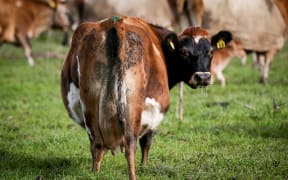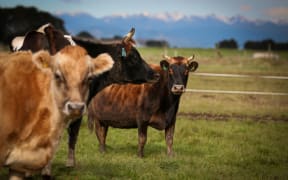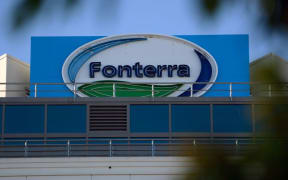Fonterra's decision to reduce the volume of whole milk powder for sale appears to have boosted prices - but the company says it is not stockpiling the product.
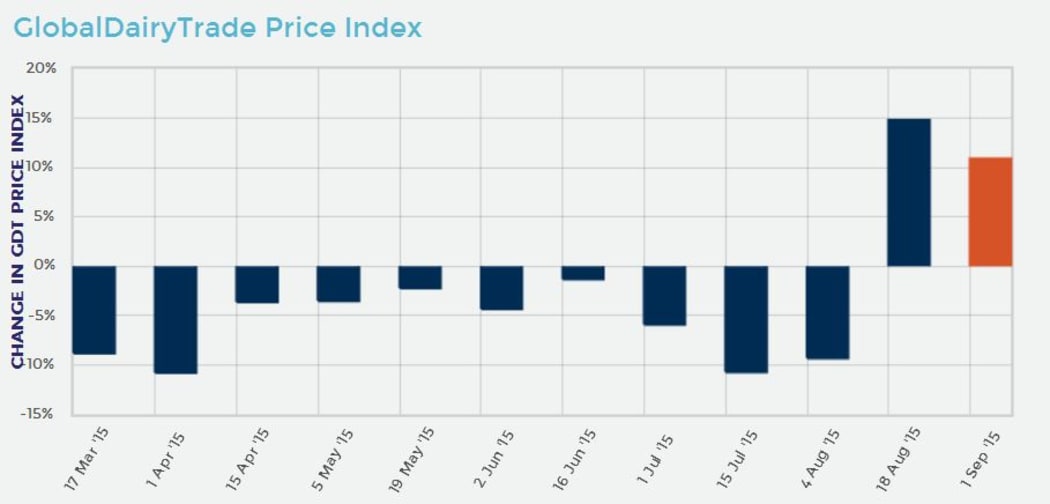
Price changes at the GlobalDairyTrade auction over the past six months. Graphic: GlobalDairyTrade Ltd
Prices at the global dairy trade auction went up 10.9 percent to $US2226 a tonne, and the benchmark price of whole milk powder, used by Fonterra to predict its payouts to farmers, increased by 12.1 percent to $US2078 a tonne.
The prices have risen for a second successive auction, but are are still more than a third below levels at the start of March.
Analysts said the increases are due to Fonterra's decision last month to reduce the amount of whole milk powder put up for auction by about a third over the coming year.
Volumes sold overnight totalled 35,865 tonnes - down more than 1000 tonnes on the previous auction and 21,000 tonnes below the amount sold this time last year.
Fonterra said it is putting all the excess into higher value consumer products like cheese and UHT longer life milk, or mixing the milk powder with vitamins or minerals for other customers.
AgriHQ dairy analyst Susan Kilsby said prices were likely to keep rising, but the world was still awash with milk and demand was being upheld by the significantly smaller amounts offered for sale.
"The prices are being supported by the lower volume that Fonterra's putting on the auction.
"That product still does have to be sold elsewhere in the market and as yet we're not really seeing a slowdown in global milk production.
"We're certainly expecting that to occur but it isn't happening as yet."
Sharemilker of the year Justin Slattery is 50:50 sharemilking at Culverden, north Canterbury, and said today's lift was a boost for the confidence.
"Hopefully, the milk price might come up if the trend keeps going this way. In general, all farmers' confidence is increasing from these auctions and everyone's keeping their head up. It's a good sign in the middle of calving, this is probably the toughest time of the year when everyone's tired and grumpy.
"If it keeps rising, it might mean we could break even. For the system we run, we need to be at $4.70, so it's still just under a dollar off, but there's still a few more GDT auctions before the end of the year."
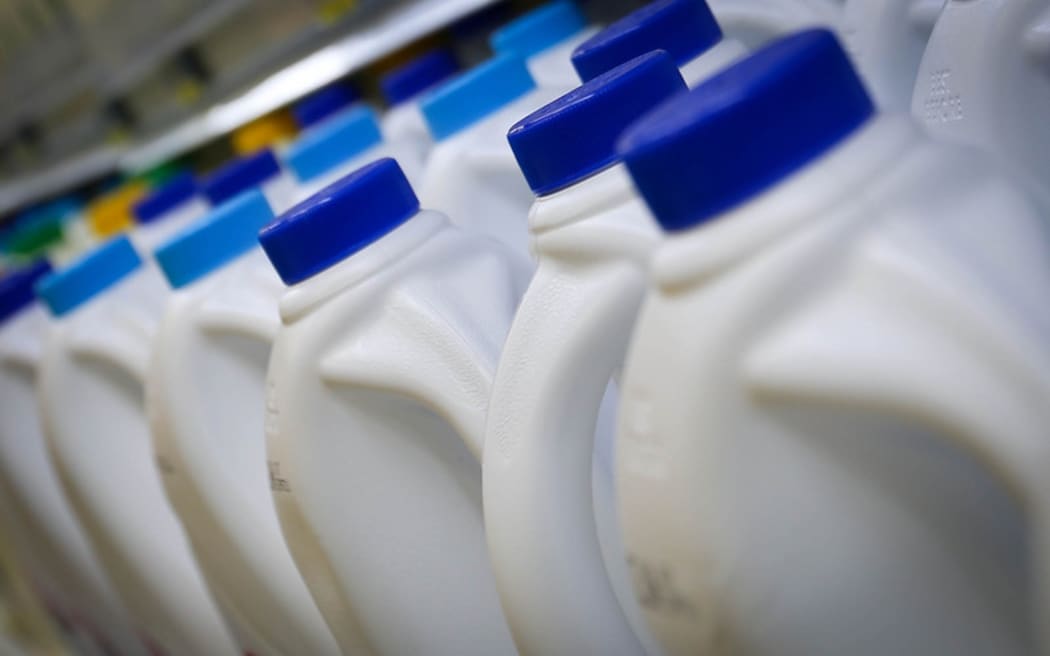
Photo: RNZ / Alexander Robertson
Will prices continue to recover?
Some economists are cautiously optimistic that dairy prices will continue to rise over the coming year.
BNZ senior economist Doug Steel said New Zealand dairy farmers have already been cutting herd numbers in response to falling prices.
"Prices are very weak, which will discourage production. The cow culls to date have been very high and there's a still strengthening El Nino weather pattern which could dent production during summer and into autumn."
Mr Steel said the question was how much would New Zealand production fall and how that might influence global pricing.
ANZ Bank's rural economist Con Williams said there had not been a decline in supply from the US or Europe so far.
Mr Williams said it would take more than a fall in supply to lift prices significantly.
"Demand will also need to come to the party. All eyes remain on China to provide more demand-side spine. But recent equity market volatility and the soft data pulse are not good signs."
Nevertheless, analysts say whole milk prices of $2,078 a kilo are not far from the levels needed to meet Fonterra's forecast payout.
Prices needs to hit $2,200 a metric tonne to meet Fonterra's forecast milk payout of $3.85 a kilo of milk solids.
